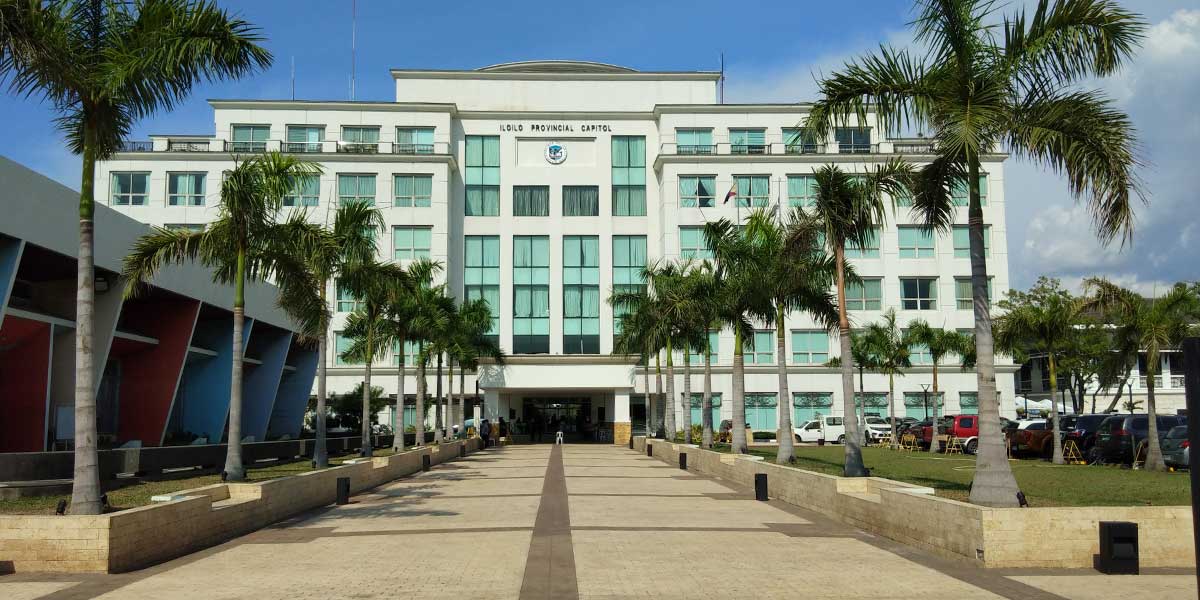By Joshua Corcuera
In my previous column, I discussed the intolerable heat that we are currently dealing with in the Philippines. Although it is expected to be hot these past few days as we enter the dry season, or what many refer to as summer despite tropical Philippines not having four seasons, there is no doubt that it is much hotter now as compared to several years ago.
Part of the reason is global warming exacerbated by human activities that are detrimental to the environment. Just to add, urbanization has caused cities, notably Metro Manila, as an ‘urban heat island’ where temperatures are notably higher as compared to surrounding semi-urban or rural areas.
Last Tuesday, March 28, a news report by the Inquirer mentioned that 67% of teachers claimed that the heat in their classrooms are ‘intolerable’. According to the report, a survey from March 24 to 27 this year was conducted by the Alliance of Concerned Teachers (ACT) involving 11,706 public school teachers. The same survey found that 2 out of 3 teachers, on average, find the heat unbearable. Meanwhile, 32% found it bearable and only 0.5% described classroom conditions as pleasant.
More importantly, 120 students from the province of Laguna were sent to the hospital after they stayed under the scorching heat due to a safety drill last March 23.
These results show the problems created by global warming to the education sector. It is important to note that a vast majority of the survey respondents reported that they use electric fans inside their classrooms at 97%.
How exactly the Department of Education would respond would be very important to emphasize the safety and learning of our youth.
Meanwhile, private educational institutions, many of which still being run by the Catholic Church, mostly provide air conditioning to their students and teachers and, as a result, a much more conducive learning environment. The downside, however, is that, obviously, private schools are not for free, and parents have to pay tuition and other fees to get their students enrolled. Worse, inflation, which remains relatively high and unaddressed, has also impacted the education sector.
One of the emerging suggestions recently to ensure the safety of students from the intense heat, especially this April and May, is to return face-to-face classes to its old calendar starting next school year. For context, most schools operate from August to May now instead of June to March pre-pandemic.
With the heat that we are dealing with, we can realize that there is a good reason, before the pandemic, why the Philippines did not synchronize with international standards as far as dates of the academic year are concerned. The heat is just unbearable.
Altogether, we must be prepared for global warming and warmer temperatures in the years to come. Not only in the education sector, but also in other aspects of society which are expected to suffer as well, such as the agriculture sector where frequent droughts can prevent farmers from harvesting their crops. In short, actions to mitigate and adapt to climate change are necessary.






















